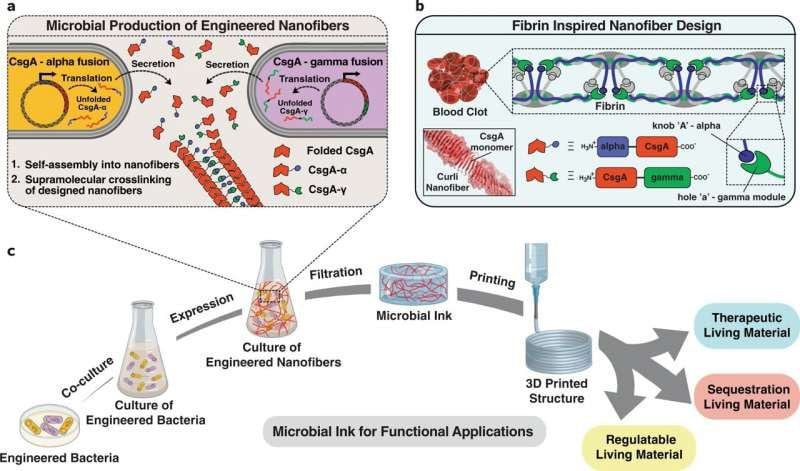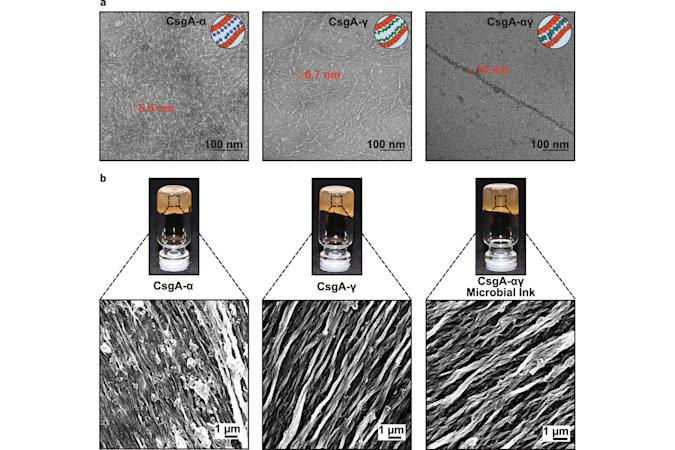Forget the (albeit important) 3D printed organs: the latest news is that the materials could have a life of their own. A group of researchers from Harvard and Brighton Universities have developed a "living" ink that could transform three-dimensional structures as we know them today.
In research, published in the latest issue of the scientific journal Nature Communications., the team genetically engineered E. Coli cells and other microbes to create living nanofibers. The fibers were then grouped, and with the addition of other materials they formed an ink compatible with any standard 3D printer model.
Living material

Researchers have already tried to produce living material, but it has been difficult to get those substances to fit the expected 3D structures. This time or the results were very different.
Drawing solutions with an ink that becomes what you need
In this new study, however, scientists have created an extremely functional material with this living ink, which has been used successfully for two "missions".
In the first, the material released an anticancer drug when "stimulated" with chemicals. In another, it removed BPA, a toxin that also causes fertility problems. The versatility of this ink also allows its structures to be adapted to other activities.
There are still open questions: for example, how will it be possible to mass-produce this ink? Any practical uses may still be a ways off, but there is potential. Much potential, even beyond pure applications in the medical or environmental fields.
Among possible applications, creators of living ink have envisioned self-healing buildings or self-assembling materials for buildings on the Moon and Mars that could reduce the need for resources from Earth. Ink could even produce itself under the right circumstances: truly advanced frontiers that remain to be discovered.


